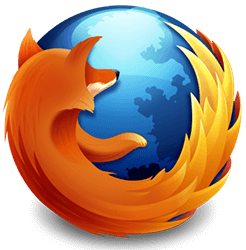Detect Error Type with JavaScript
JavaScript error reporting and catching is important and will only get more important as our web applications become more feature rich and powerful. I have never used try/catch blocks in depth -- I usually just catch exceptions for stuff that's usually known to cause problems.
Remember this one from the IE6 days?
try {
document.execCommand('BackgroundImageCache', false, true);
} catch(e) {}
Boy was that fun. Mobile Webkit used to (and still might) complain about using localStorage when the permissions are a certain way, so I'd try/catch that too:
try { // Adding try/catch due to mobile Safari weirdness
if('localStorage' in window) {
}
} catch(e) {}
But if you don't keep track of errors in your application, you're missing out on the instances where legit issues are occurring. But how do you know what type of exception you've run into? It's easier than you think:
try {
eval('5 + / 3'); // will raise SyntaxError exception
}
catch(e) {
// Compare as objects
if(e.constructor == SyntaxError) {
// There's something wrong with your code, bro
}
// Get the error type as a string for reporting and storage
console.log(e.constructor.name); // SyntaxError
}
You can do object comparison if you plan to do something about the error based on type, or if you want to store that error information somewhere, you can get the exception name!





I use
e.name === 'SyntaxError'instead ofe.constructor == SyntaxErrorsomething wrong with that?Nothing wrong…
I think the issue has to do with minification. If the code is minified in production, the constructor may be renamed to something else but the string it’s being compared to would remain the same.
Why aren’t you using
instanceof?I back your question. Isn’t this operator designed for just this purpose?
That works too!